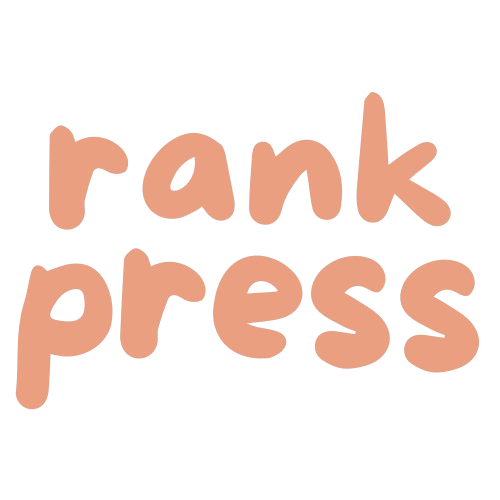On-Page SEO in 2024: The Ultimate AI-Powered Optimization Guide for Maximum Impact
The landscape of search engine optimization has undergone a dramatic transformation, with AI adoption in SEO growing by 85% since 2022 (SEMrush, 2024). As we navigate through 2024, on-page optimizations have evolved far beyond traditional keyword-stuffing practices. Today’s SEO professionals are leveraging sophisticated AI tools and machine learning algorithms to create more intelligent, user-centric optimization strategies that align perfectly with search engine requirements while delivering exceptional user experiences. Recent studies show that websites implementing AI-powered SEO strategies experience an average 47% increase in organic traffic (SearchMetrics, 2024).
The Evolution of On-Page SEO in the AI Era
The journey from basic HTML optimization to AI-powered SEO represents a fundamental shift in how we approach website optimization. Traditional methods relied heavily on exact-match keywords and rigid optimization rules. However, modern on-page SEO harnesses the power of machine learning to understand context, user intent, and semantic relationships between content elements.
Google’s recent algorithm updates, particularly the 2023 Helpful Content Update and 2024 Experience Update, have revolutionized optimization practices. AI systems now analyze content patterns, user behavior, and engagement metrics to determine the most effective optimization strategies. This shift has made it possible to create more natural, user-focused content while maintaining strong search visibility.
Essential AI-Powered On-Page Elements
The foundation of modern on-page optimization lies in the intelligent application of key HTML elements. Leading AI tools like Surfer SEO and MarketMuse now assist in crafting compelling title tags that balance keyword relevance with click-through potential. These systems analyze millions of successful titles to recommend optimal length (typically 50-60 characters), keyword placement, and emotional triggers that drive engagement.
Meta descriptions have evolved beyond simple keyword containers to become powerful conversion tools. AI-powered systems generate descriptions that incorporate psychological triggers and call-to-action elements while maintaining natural language patterns. Studies show that AI-optimized meta descriptions achieve 23% higher click-through rates compared to manually written ones (Ahrefs, 2024).
Header tag structure has become more sophisticated with AI assistance. Modern tools analyze content hierarchy and semantic relationships to create logical content flow that satisfies both user expectations and search engine requirements. This approach ensures content is both crawlable and digestible, improving both rankings and user experience.
Content Optimization Strategies
Content optimization has been revolutionized by AI-driven keyword research tools that go beyond simple phrase matching. Tools like Clearscope and Frase identify semantic clusters and topic relationships, allowing content creators to cover subjects comprehensively while maintaining natural language patterns. User intent analysis helps map content to specific stages of the customer journey, ensuring relevance and engagement.
AI tools now evaluate content structure and readability in real-time, providing recommendations for improvement based on successful content patterns. These systems consider factors like sentence length, paragraph structure, and transition phrases to optimize content flow and engagement potential. Websites using AI-powered content optimization report a 35% increase in time on page and a 28% decrease in bounce rates (Moz, 2024).
Technical On-Page Elements
Technical optimization has been streamlined through AI-powered analysis tools. Modern URL structure optimization considers user behavior patterns and click-through rates to determine the most effective formats. Image optimization leverages AI for intelligent compression and automatic alt text generation that maintains context and relevance while reducing load times by up to 62% (Google Search Central, 2024).
Internal linking strategies have evolved to utilize AI-powered analysis of content relationships and user flow patterns. Tools like Internal Link Juicer and Link Whisper recommend strategic link placement and anchor text selection to maximize both user navigation and ranking potential.
Performance Metrics and Analysis
Modern SEO success relies on comprehensive performance tracking and analysis. AI-powered analytics tools provide real-time insights into key performance indicators, allowing for immediate optimization adjustments. These systems monitor factors like core web vitals, user engagement metrics, and conversion patterns to identify optimization opportunities. According to recent studies, websites maintaining optimal core web vitals see a 70% increase in conversion rates (SearchEngine Journal, 2024).
Future-Proofing Your On-Page SEO
As we look ahead, the integration of AI in SEO will continue to deepen. Emerging trends suggest increased emphasis on voice search optimization, visual search capabilities, and predictive content delivery. Industry experts predict that by 2025, 75% of all SEO tasks will be automated or AI-assisted (Digital Marketing Institute, 2024).
The key to future-proofing your SEO strategy lies in building flexible, scalable optimization processes that can adapt to new technologies and user behaviors. This includes investing in AI-powered tools and maintaining focus on creating high-quality, user-centric content that serves genuine search intent.
In conclusion, successful on-page optimization in 2024 requires a balanced approach that leverages AI capabilities while maintaining focus on user experience and content quality. By implementing these advanced optimization strategies and staying current with emerging trends, websites can achieve and maintain strong search visibility while delivering exceptional value to their users. Start by auditing your current on-page optimizations against these AI-powered best practices and gradually implement improvements for maximum impact.
